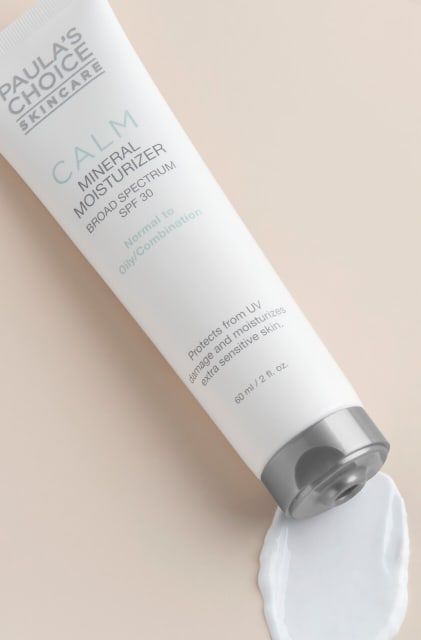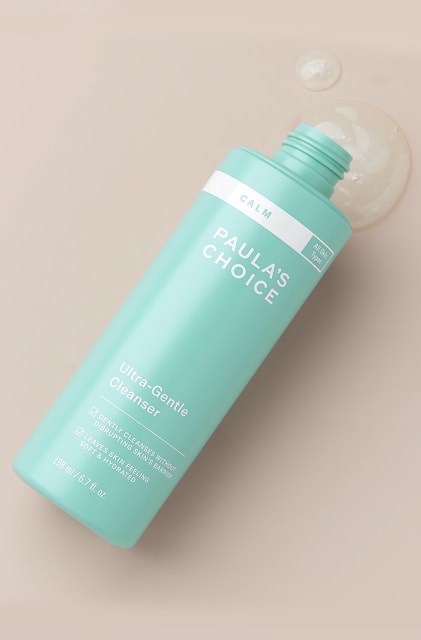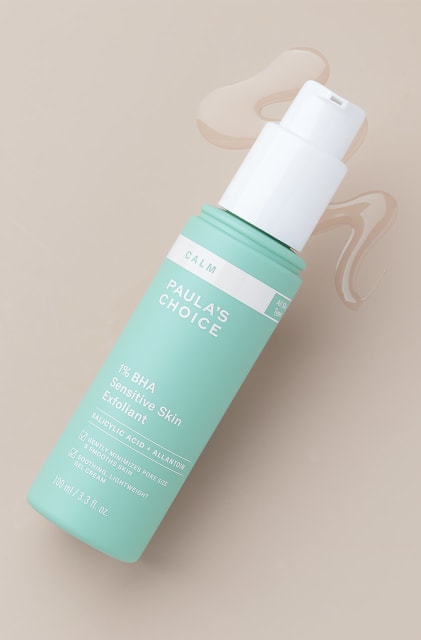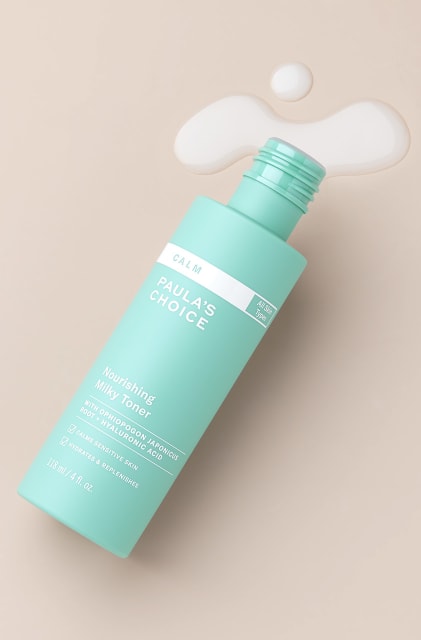Calm Non-Greasy Moisturiser SPF 30
Gentle, lightweight moisturiser provides balanced hydration for sensitive, oily skin.
-
Gentle, lightweight moisturiser provides balanced hydration for sensitive, oily skin.
-
Is this suitable for my skin? Take the quiz
-
Skin Type:
Combination skin,
Oily skin -
Skin Type:
+ Combination skin,
+ Oily skin - Concern: Brown spots, Redness, Rosacea-prone skin, Sensitive skin
- Ingredients: Aloe Vera, Chamomile Flower Extract, Zinc Oxide View all
- Routine: Moisturizer AM
| Skin Type: | |
|---|---|
|
+ Combination skin, + Oily skin |
Product out of stock

Calm Non-Greasy Moisturiser SPF 30
How does it work?
-
Protects from sun damage
-
Suitable for rosacea-prone skin
-
Gentle on skin
Balanced daily hydration for sensitive, oily skin.
This gentle, lightweight moisturiser hydrates and soothes sensitive skin while providing mineral-based sun protection, preventing the appearance of premature ageing from sun damage. Ideal for sensitive, oily skin, this non-greasy lotion leaves skin feeling soft and smooth with a matte finish.
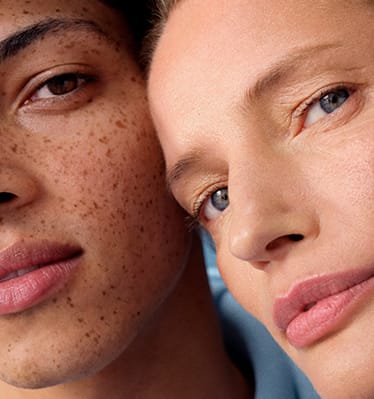
Find out if this formula works for you.
Because skincare works best when it suits your skin type.
What is your skin type?
WE KNOW SKIN.
Wash your face with a gentle cleanser and wait 15-30 minutes. Select what you see and how you feel.
What skin concern would you like to address?
WE KNOW SKIN. (Please select one option).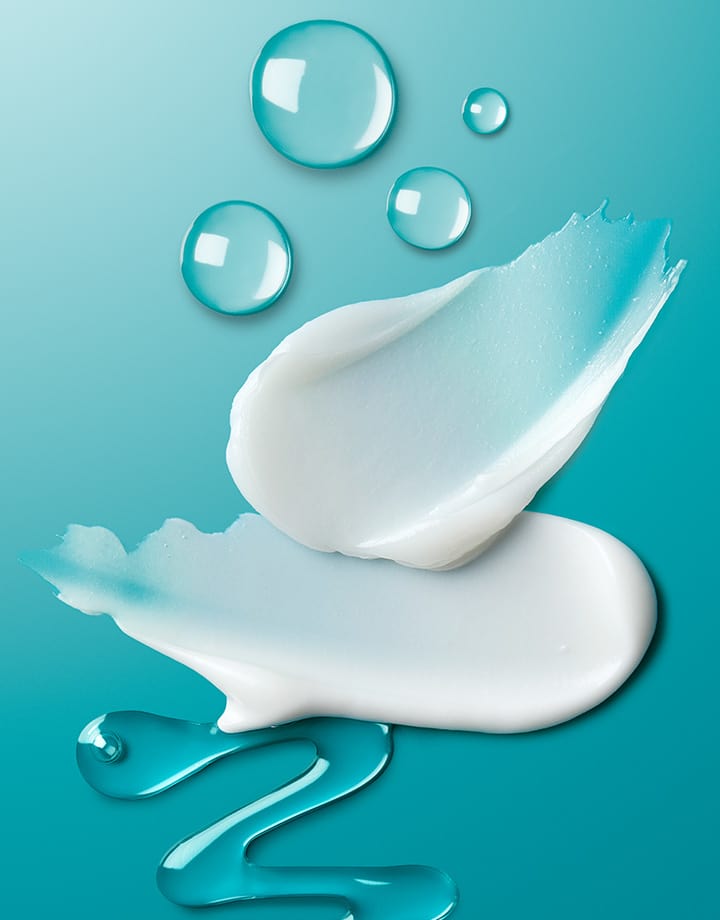
What's inside?
Key ingredients
Aloe Vera
Aloe vera
Plant extract that has soothing properties, antioxidant qualities, and serves as a hydrating agent.
Chamomile Flower Extract
Chamomile Flower Extract
Derived from plant species Matricaria recutita, has moderate antioxidant and potent skin-soothing activities.
Zinc Oxide
Zinc Oxide
Mineral sunscreen, effective in providing protection against sun’s UVA rays in addition to UVB rays. Very gentle and therefore suitable for sensitive skin.
The full ingredient list:
Ingredients:
Aqua, Ethylhexyl Palmitate (emollient), Zinc Oxide (6%, Nano, sunscreen), Cyclomethicone (hydration), Titanium Dioxide (2,32%, Nano, sunscreen), Dimethicone (hydration), C12-15 Alkyl Benzoate (emollient), Caprylyl Methicone (hydration), Glyceryl Stearate (emollient), PEG-100 Stearate (texture-enhancing), Polysorbate 80 (texture-enhancing), Sodium Acrylate/Sodium Acryloyldimethyl Taurate Copolymer (texture-enhancing), Isohexadecane (texture-enhancing), Cetyl Alcohol (texture-enhancing), Polyglyceryl-6 Isostearate (texture-enhancing), Propylene Glycol (hydration), Allantoin (skin-soothing), Chamomilla Recutita (Matricaria) Flower Extract (skin-soothing), Camellia Sinensis (Green Tea) Leaf Extract (skin-soothing), Glycyrrhiza Glabra (Licorice) Root Extract (skin-soothing), Alumina (stabilizer), Aloe Barbadensis Leaf Juice (hydration/skin-soothing), Glycerin (hydration), Panthenol (skin replenishing), Algae Extract (skin replenishing), Lauryl PEG-9 Polydimethylsiloxyethyl Dimethicone (texture-enhancing), Polyhydroxystearic Acid (texture-enhancing), Triethoxysilylethyl Polydimethylsiloxyethyl Hexyl Dimethicone (texture-enhancing), Caprylyl Glycol (preservative), Butylene Glycol (hydration), Diethylhexyl Carbonate (stabilizer), Triethoxycaprylylsilane (texture-enhancing), Disodium EDTA (stabilizer), Phenoxyethanol (preservative), Chlorphenesin (preservative).
How to use
Step 5 Moisturisers Non-Greasy Moisturiser SPF 30
How to use a moisturiser
Apply as the last step in your morning skincare routine. Allow a moment to dry before applying make-up.
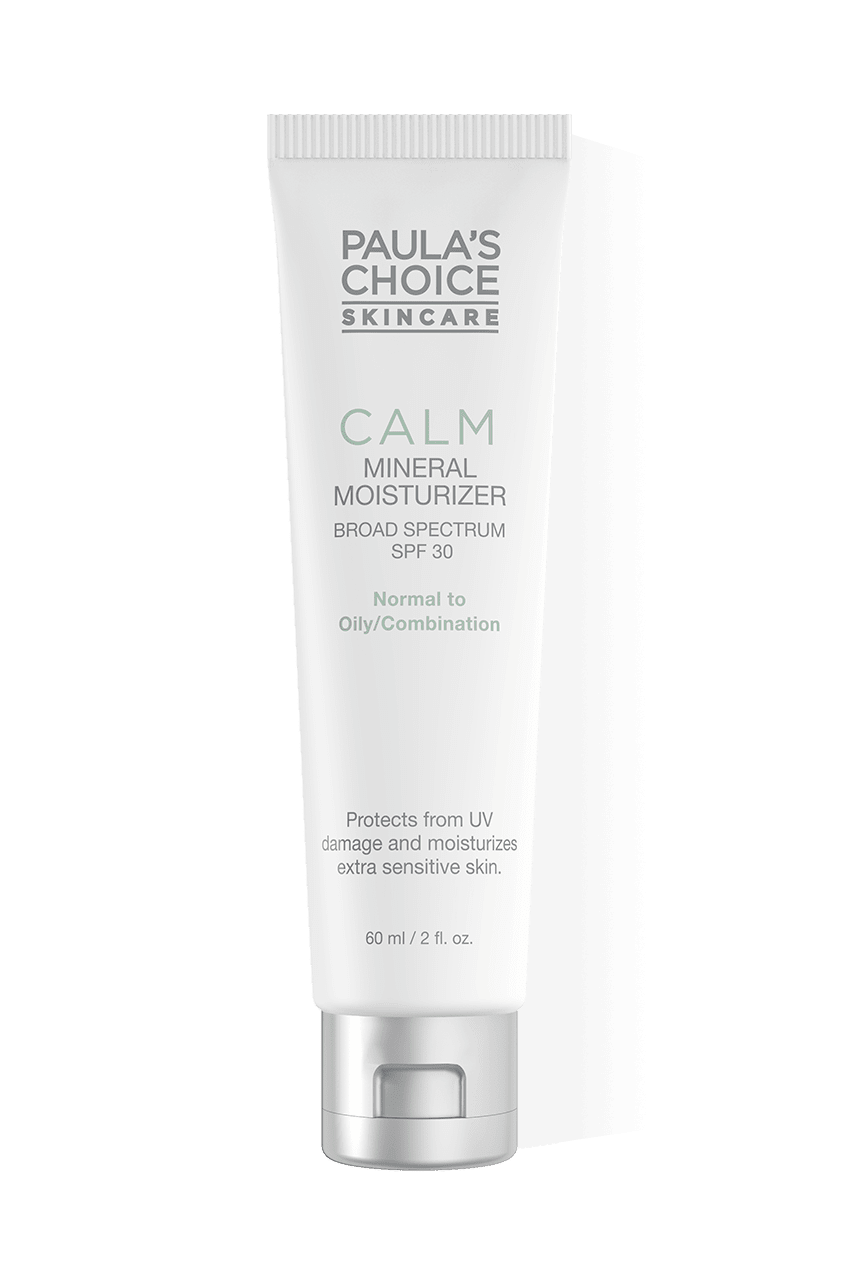
Reviews
FAQ
How does this reduce redness?
The carefully selected antioxidants, plant extracts and repairing ingredients in Calm Redness Relief SPF 30 Mineral Moisturizer work to reduce visible redness and help control factors that can trigger inflammation leading to redness. When used as part of a comprehensive skin-care routine with other Calm products, you will see a reduction in redness and sensitivity, and skin will become more resistant to external and internal inflammation-causing factors.
Complete your routine
Research
Dermatology Research and Practice, July 2014, pages 1–11 Journal of Cosmetic Science, July-August 2011, pages 361–370 Experimental Dermatology, June 2011, pages 477–482 Clinical and Experimental Dermatology, March 2011, pages 178–187 Journal of Investigative Dermatology, August 2009, pages 56–59 British Journal of Dermatology, July 2008, pages 23–34 Journal of the American Academy of Dermatology, May 2008, pages S139–S148 Acta-Dermatovenereologica Croatia, Volume 15, Issue 2, 2007, pages 92-95; and Volume 11, Issue 3, 2003, pages 158–162 Journal of the European Academy of Dermatology and Venereology, September 2007, pages 1–4 American Journal of Clinical Dermatology, Volume 3, Issue 6, 2002, pages 427–433

